Luxor, Egypt.
Luxor was the grand finale of our Egypt tour, and grand it was. The Valley of the Kings necropolis entombed the bodies and treasures of 63 men (including young Tutankhamun) buried between 1500 and 1000 BC. We toured the tombs of Ramses IX, Ramses III, Ramses V and VI (buried together), and Ramses I. All mummies and treasures have been pillaged or removed (many we saw in the Museum of Civilizations in Cairo), but the tunnel walls are well-preserved. Images depict enemies defeated, offerings and protection from the gods, and provisions for the afterlife. Valley of the Kings is touted to be the largest open air museum, though perhaps all of Egypt could be considered so.
Our arrival at Luxor Temple timed perfectly between tour groups and for a few minutes we had the place to ourselves, offering an exciting taste of what explorers may feel upon an ancient discovery.
Karnak is the largest preserved temple, or compound, more accurately, in Egypt. It’s easy to imagine life there; at waist level you can see oval-shaped recesses in the limestone where blades were sharpened, and holes where livestock were secured with rope.
Hatshepsut was the wife of Pharaoh Thutmose II and, as she was far more qualified, ruled in place of her nephew, Thutmose III.

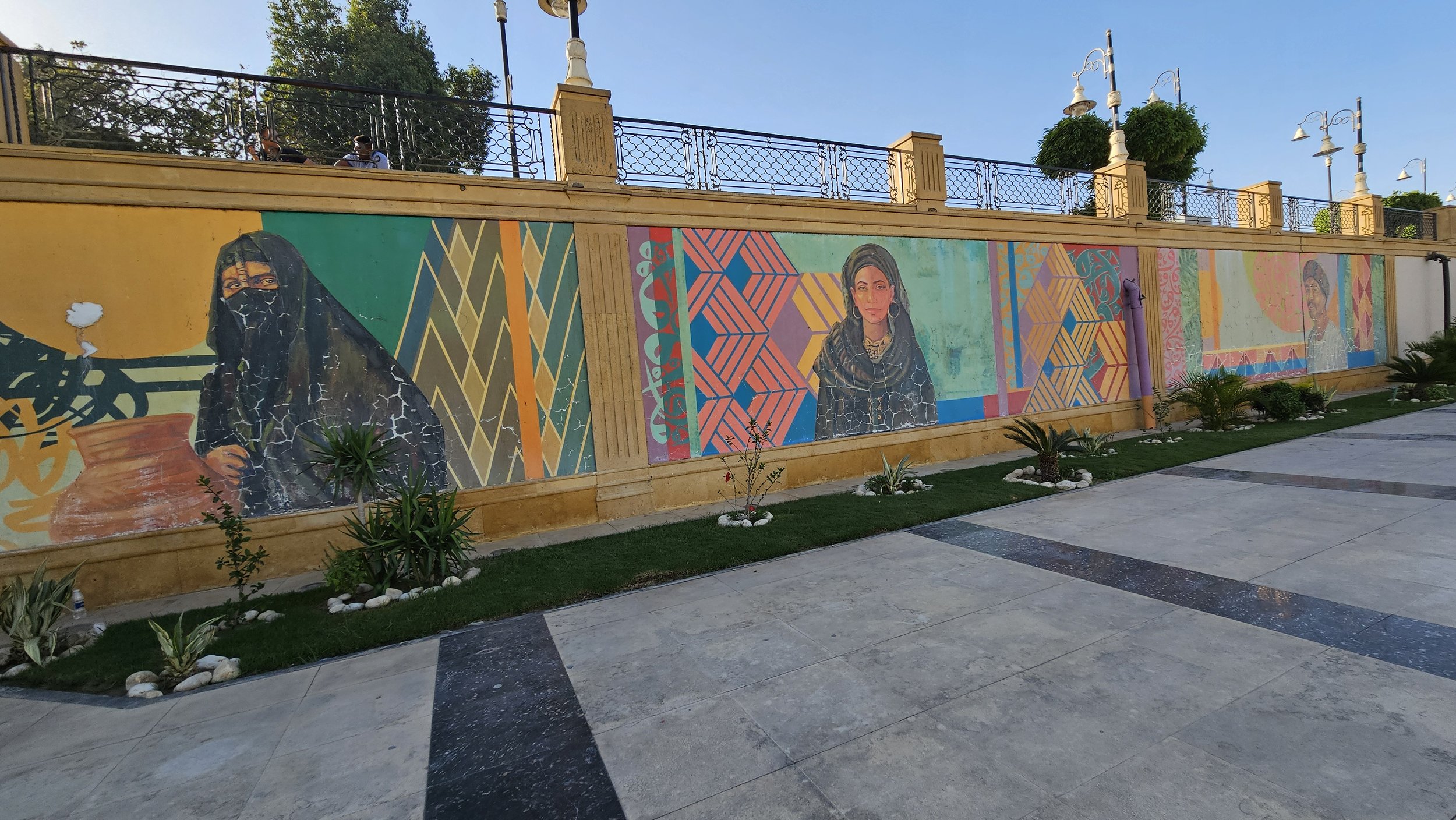



Valley of the Kings topography map




Luxor on the Nile map







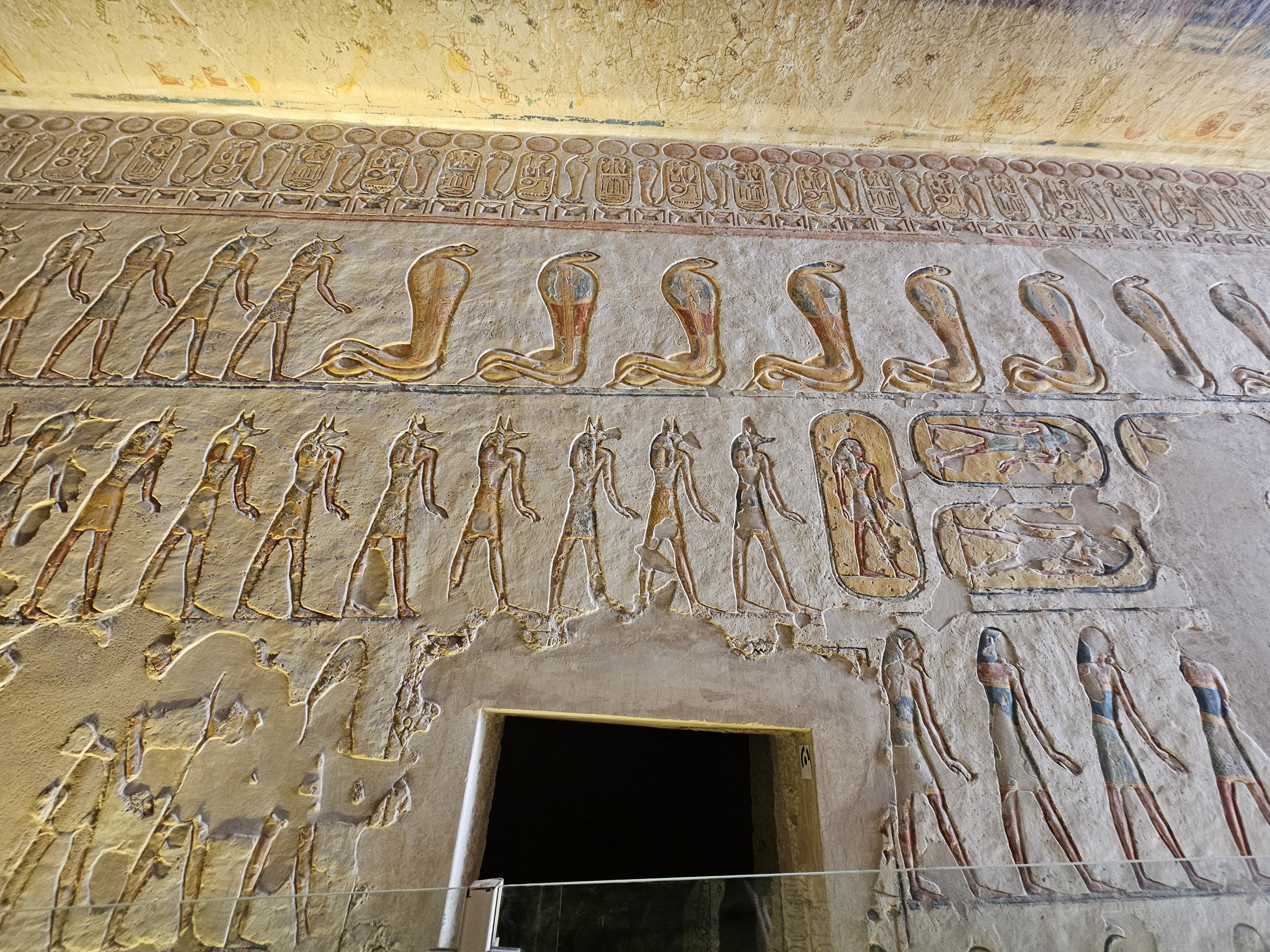

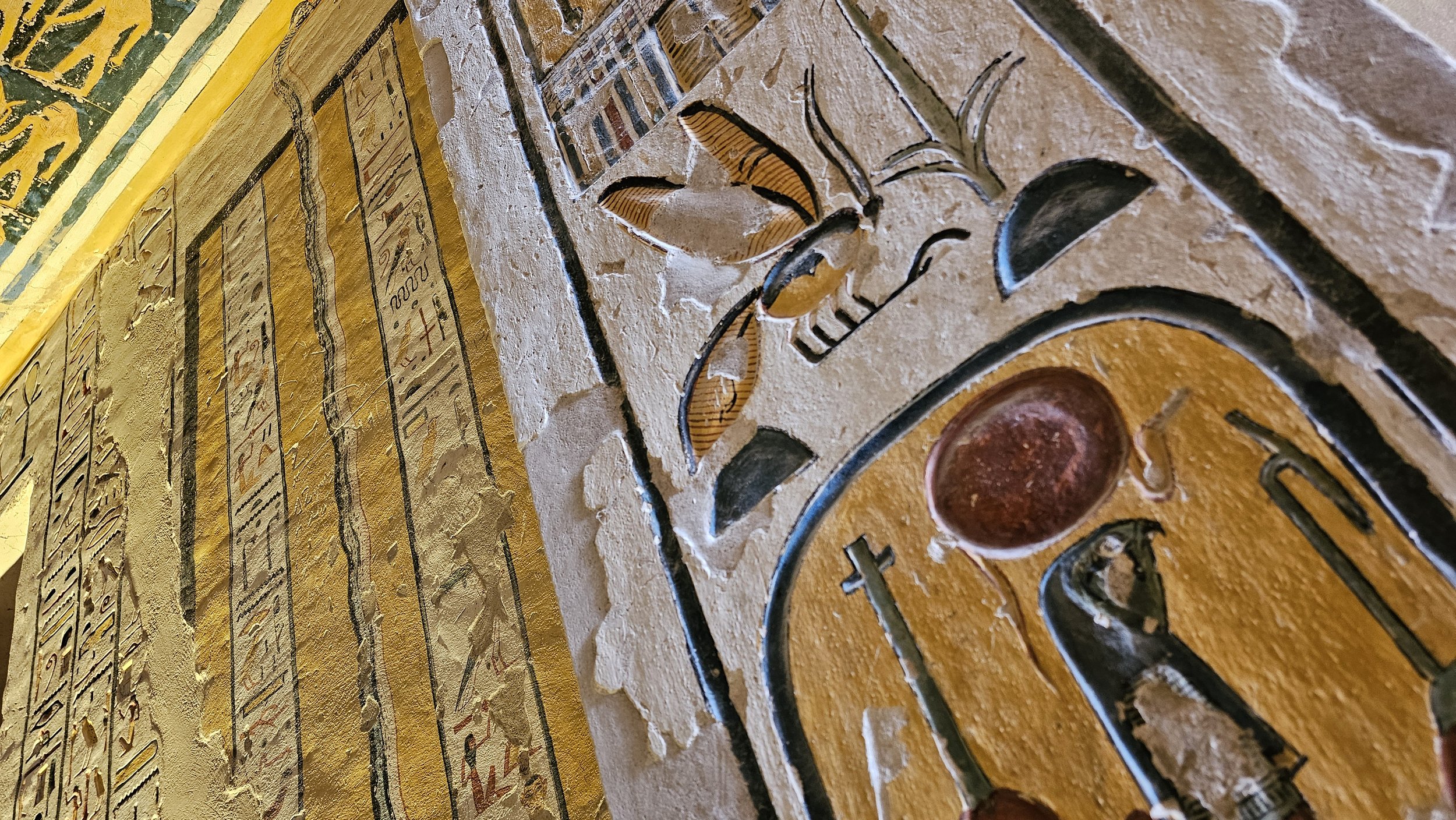

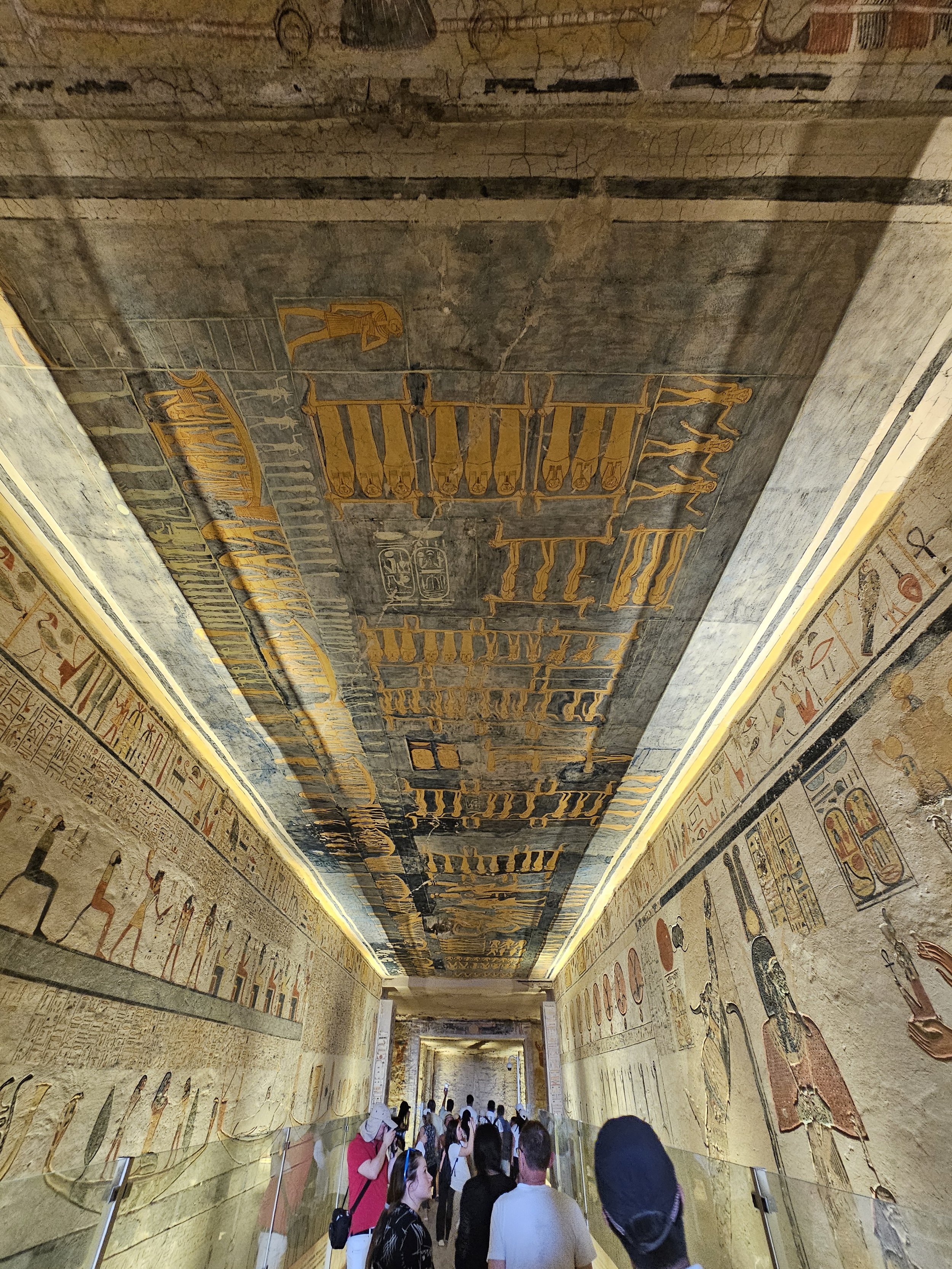



















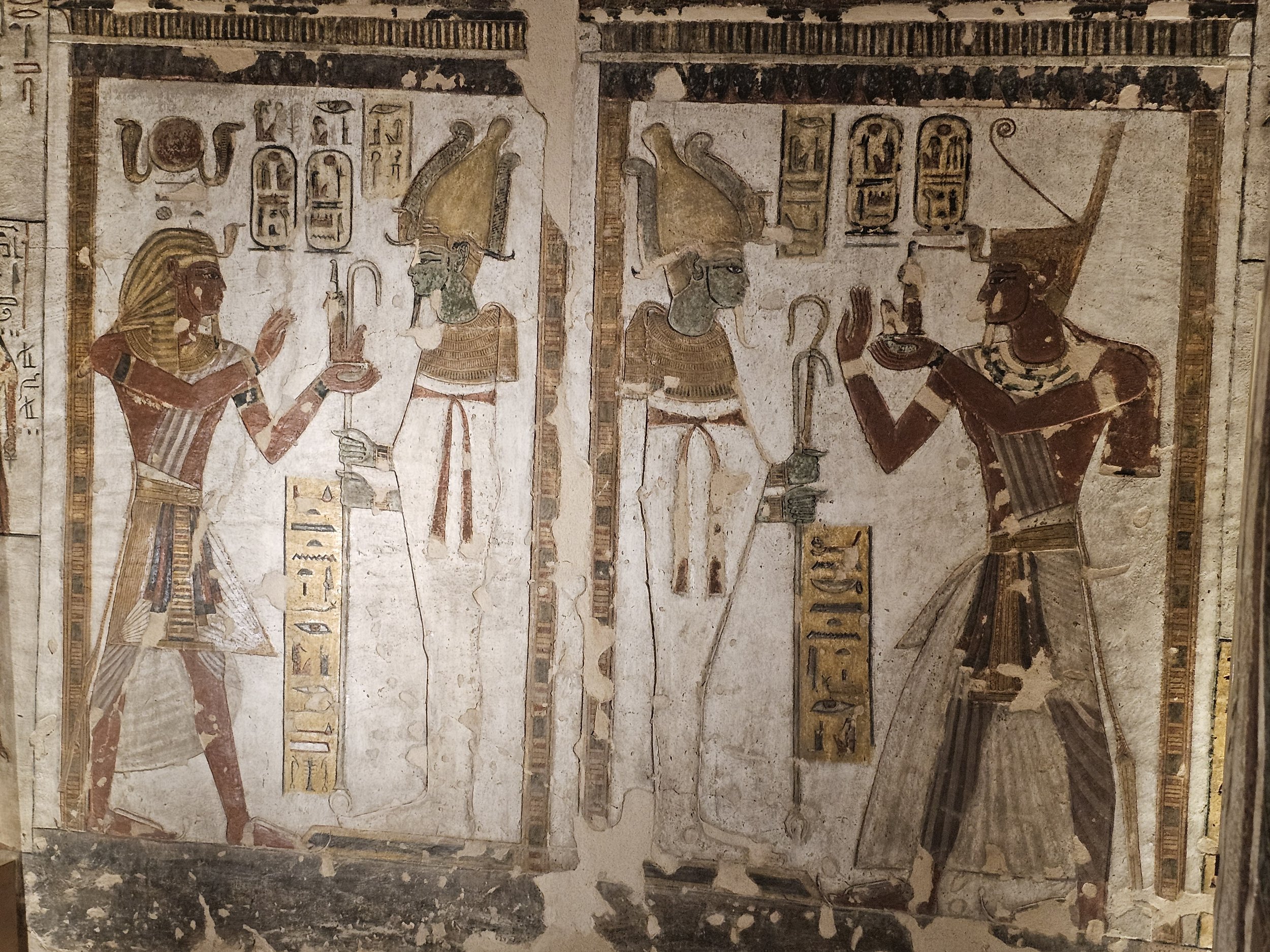






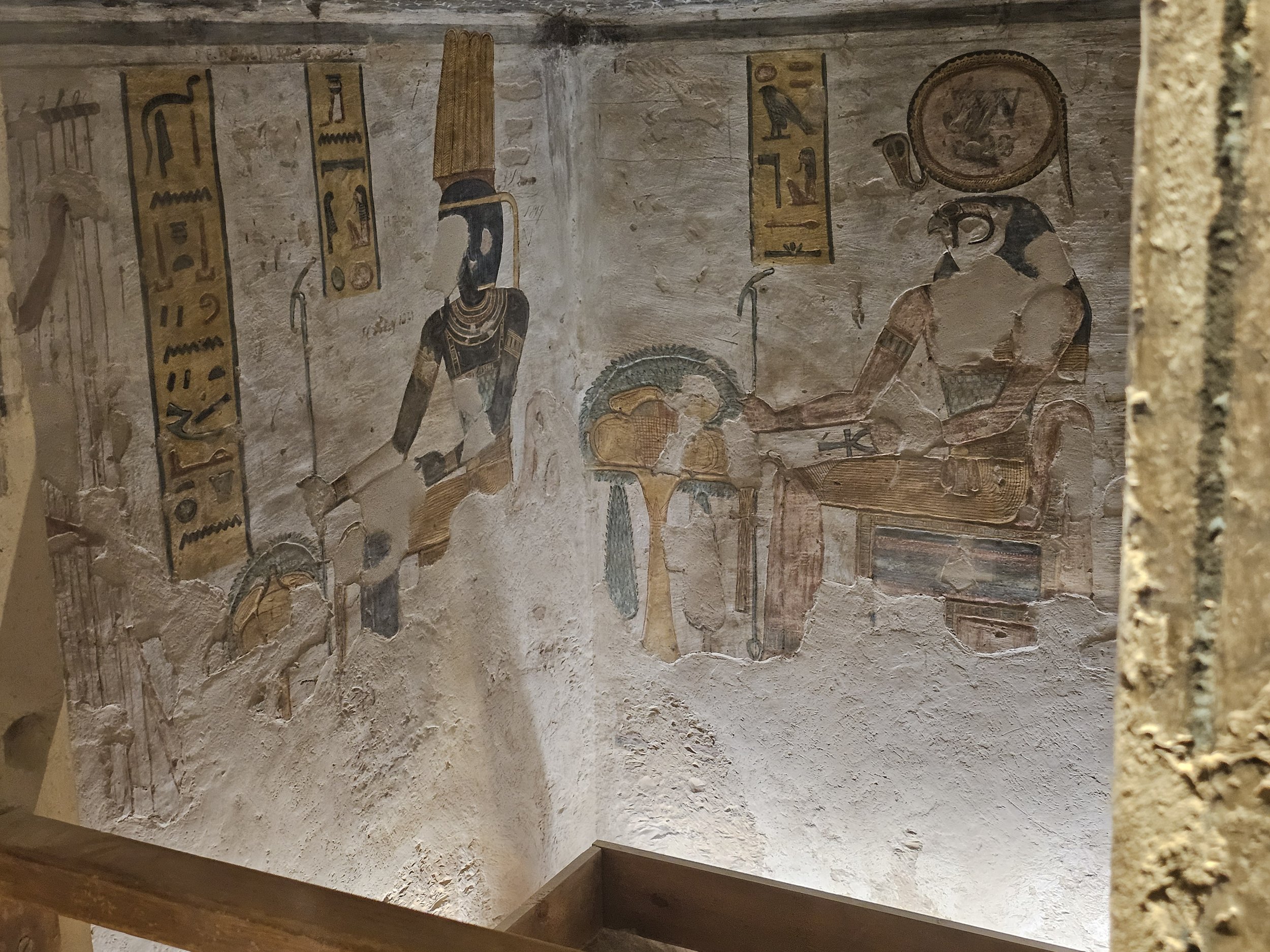

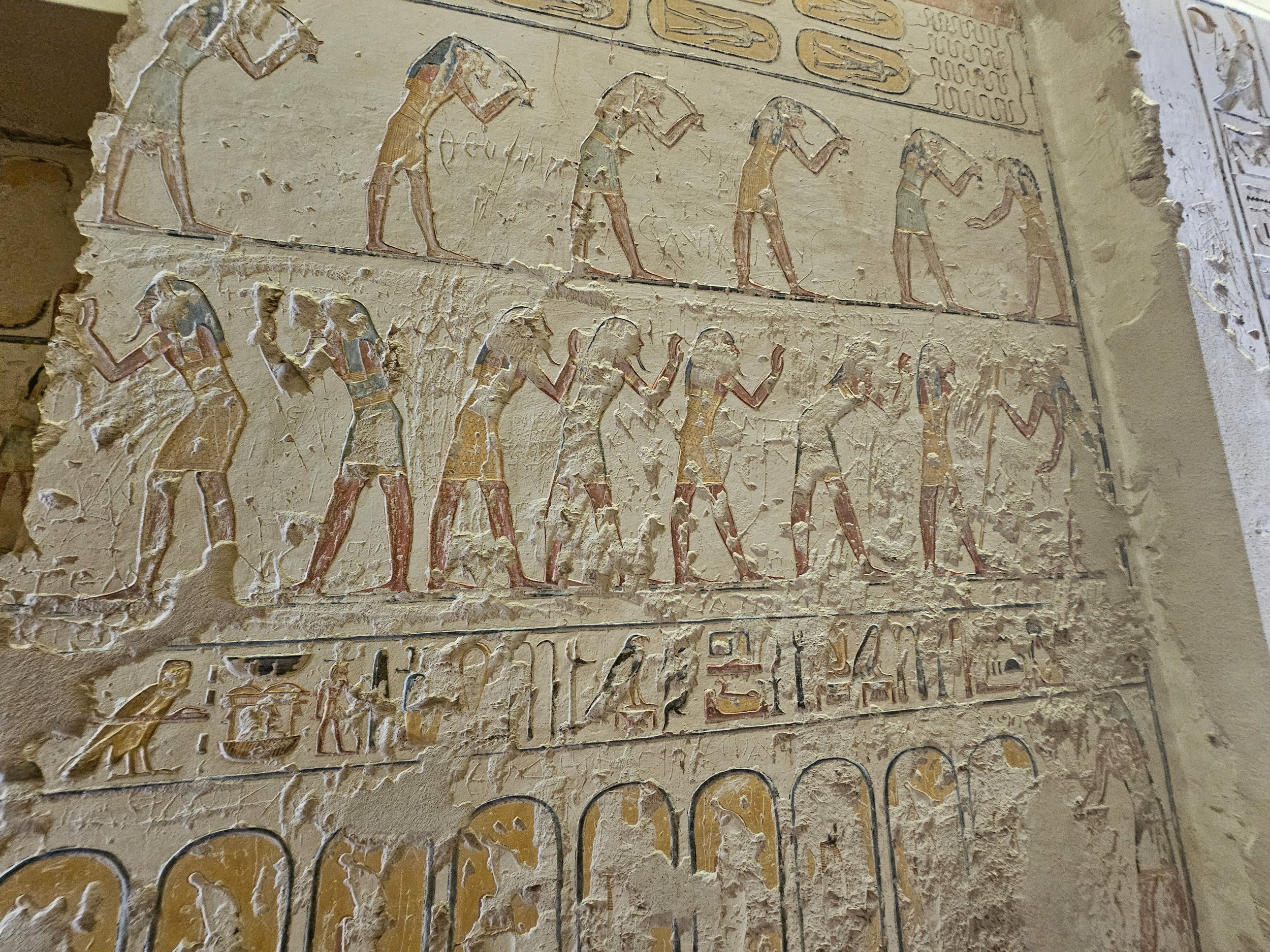




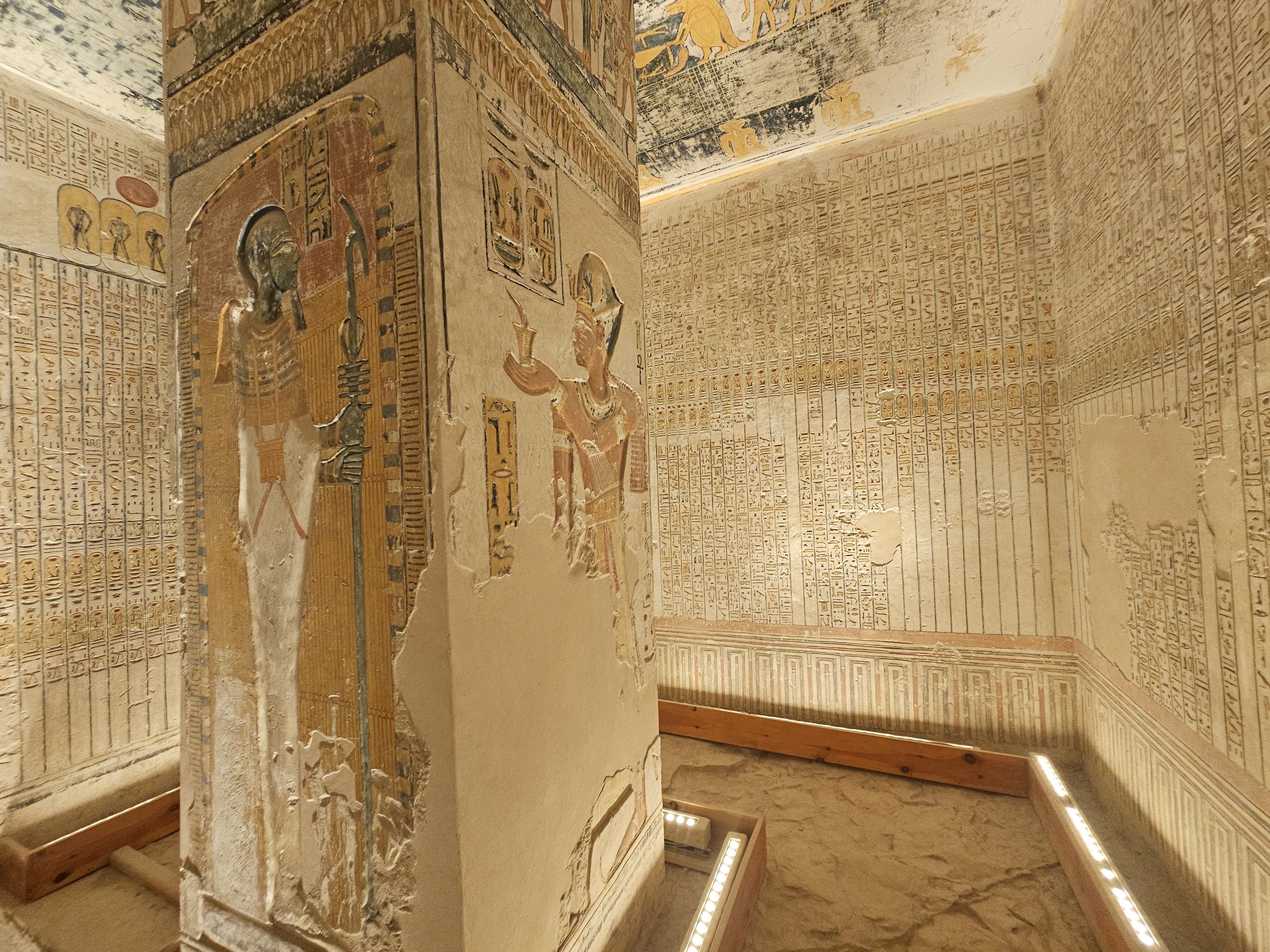


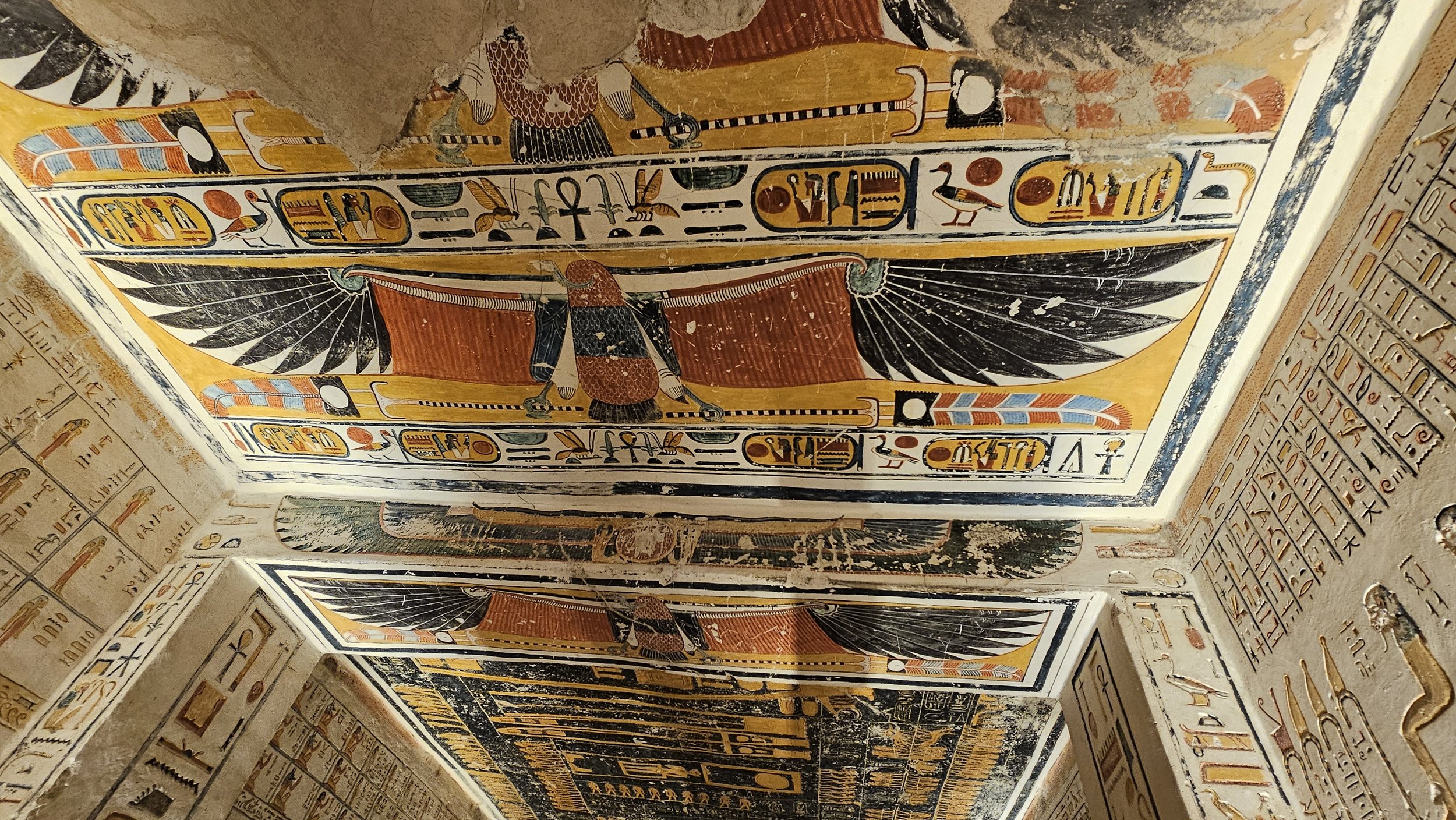







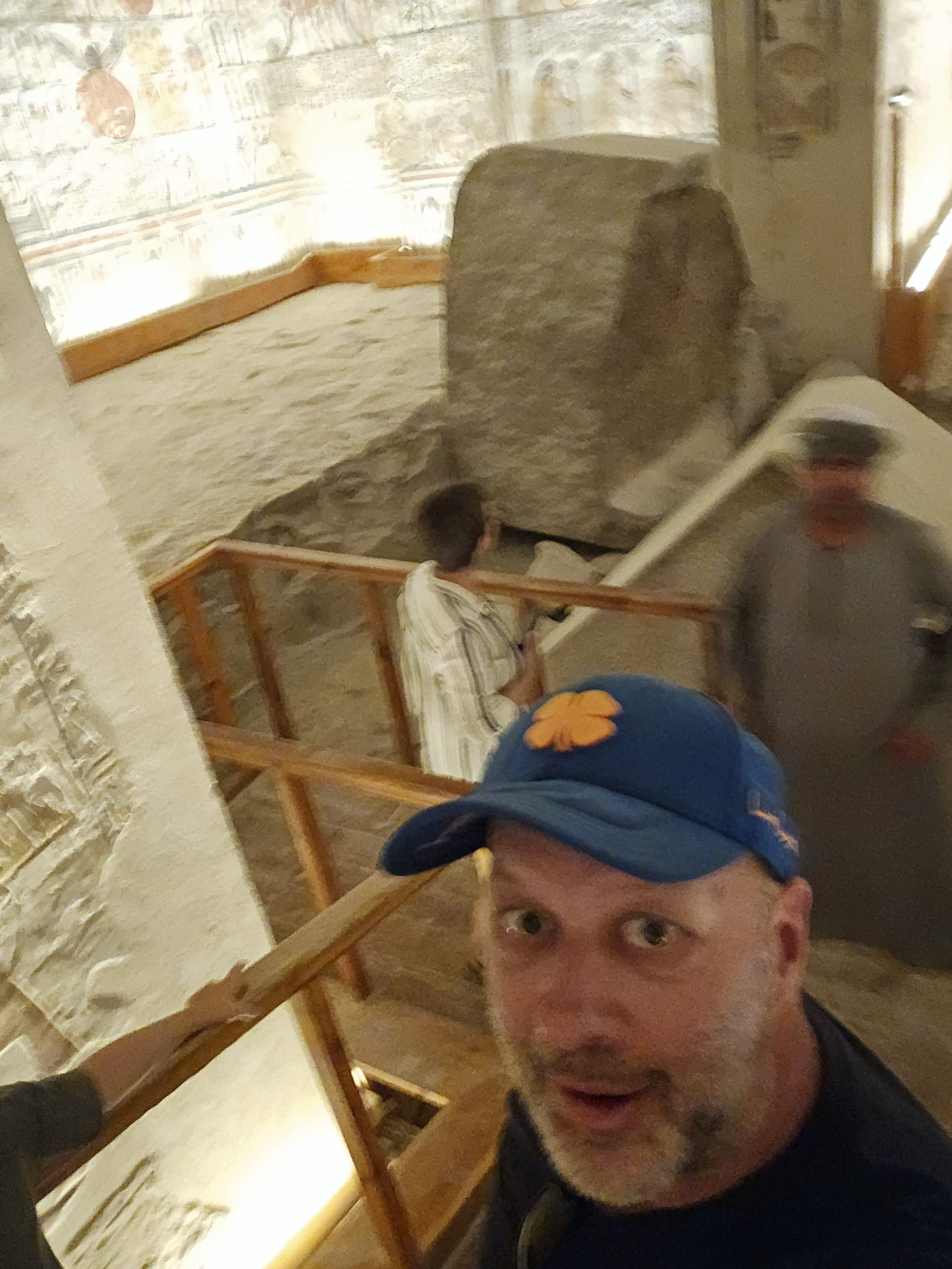









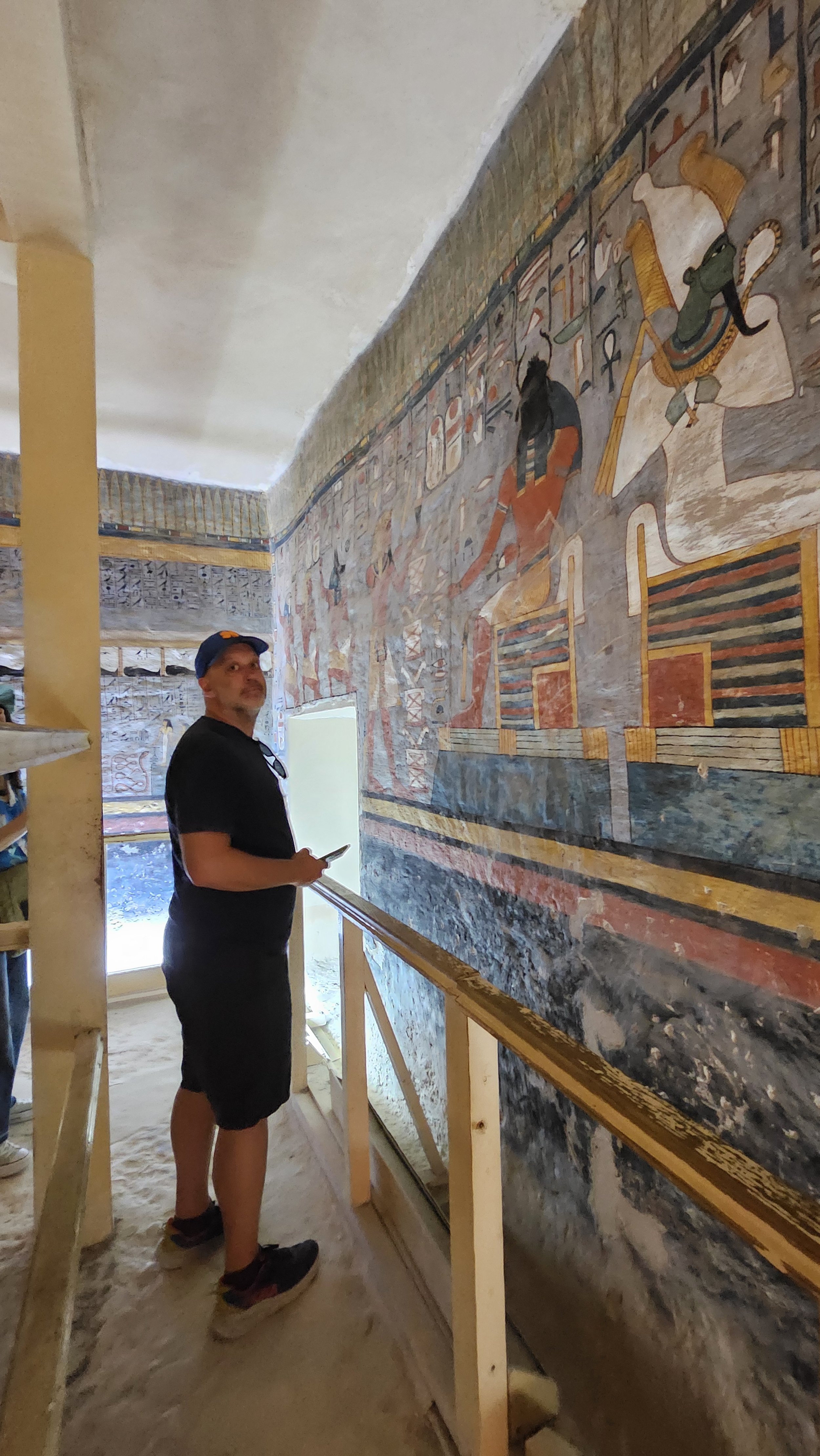








The Temple of Hatshepsut





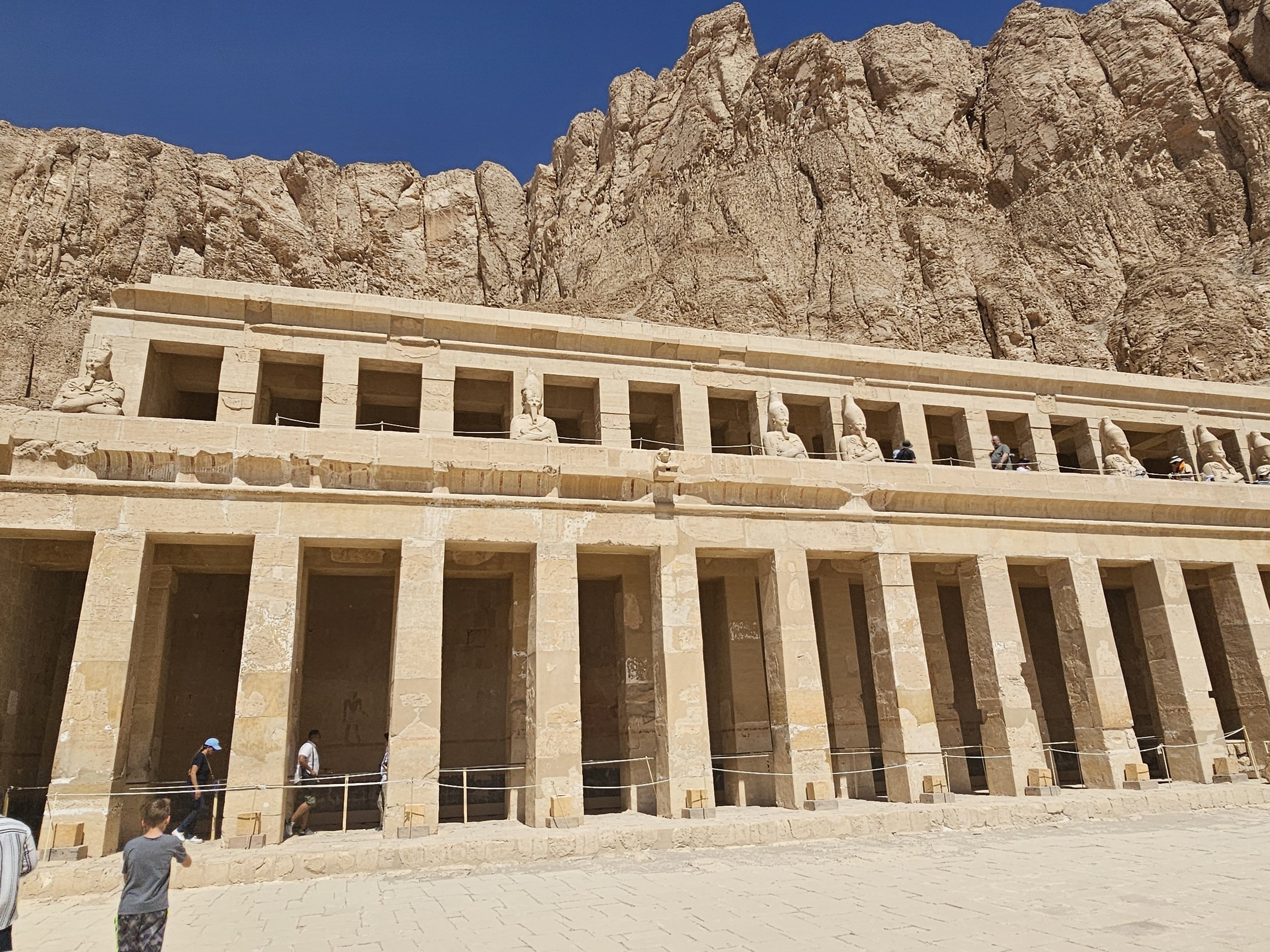







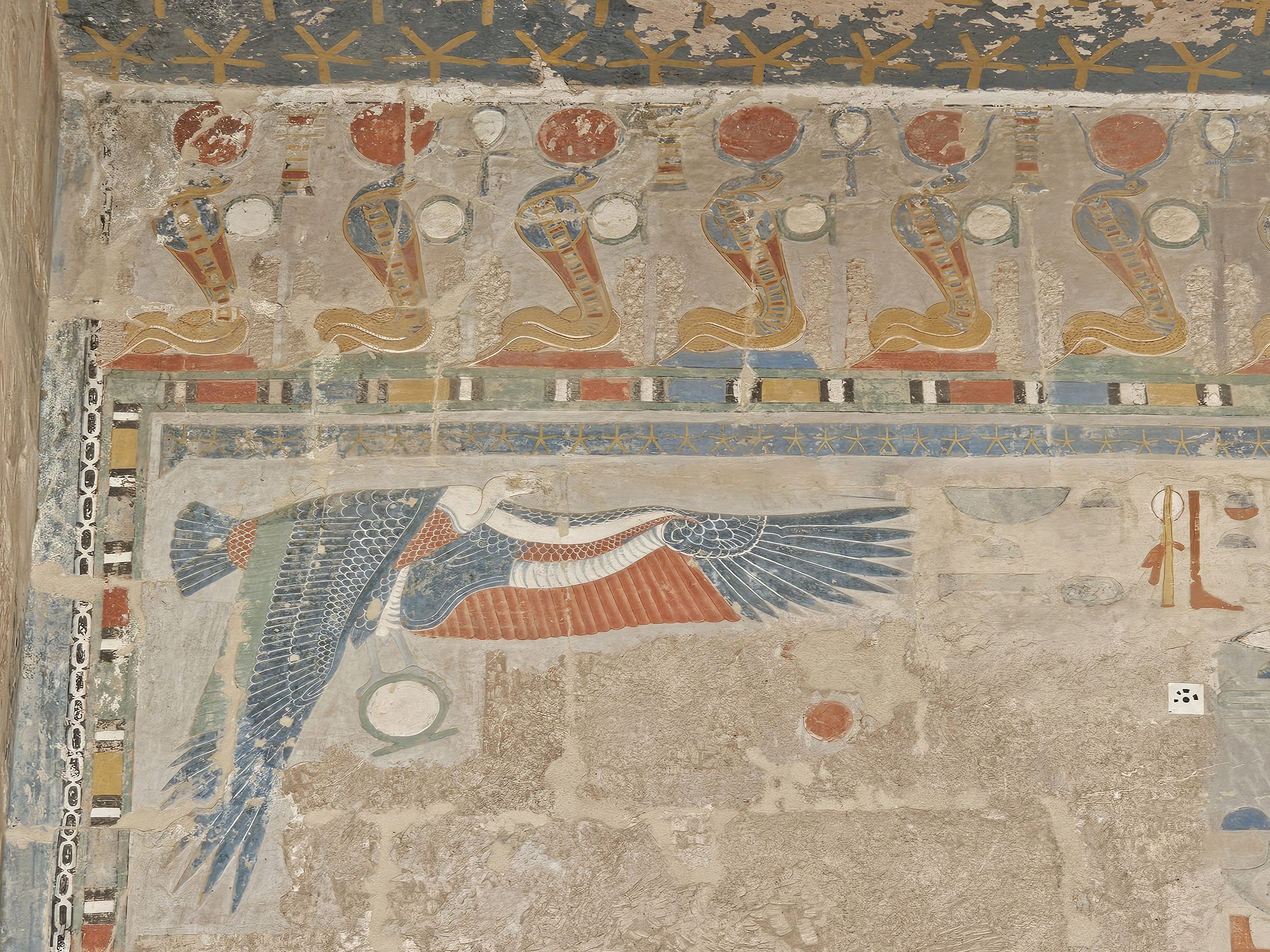





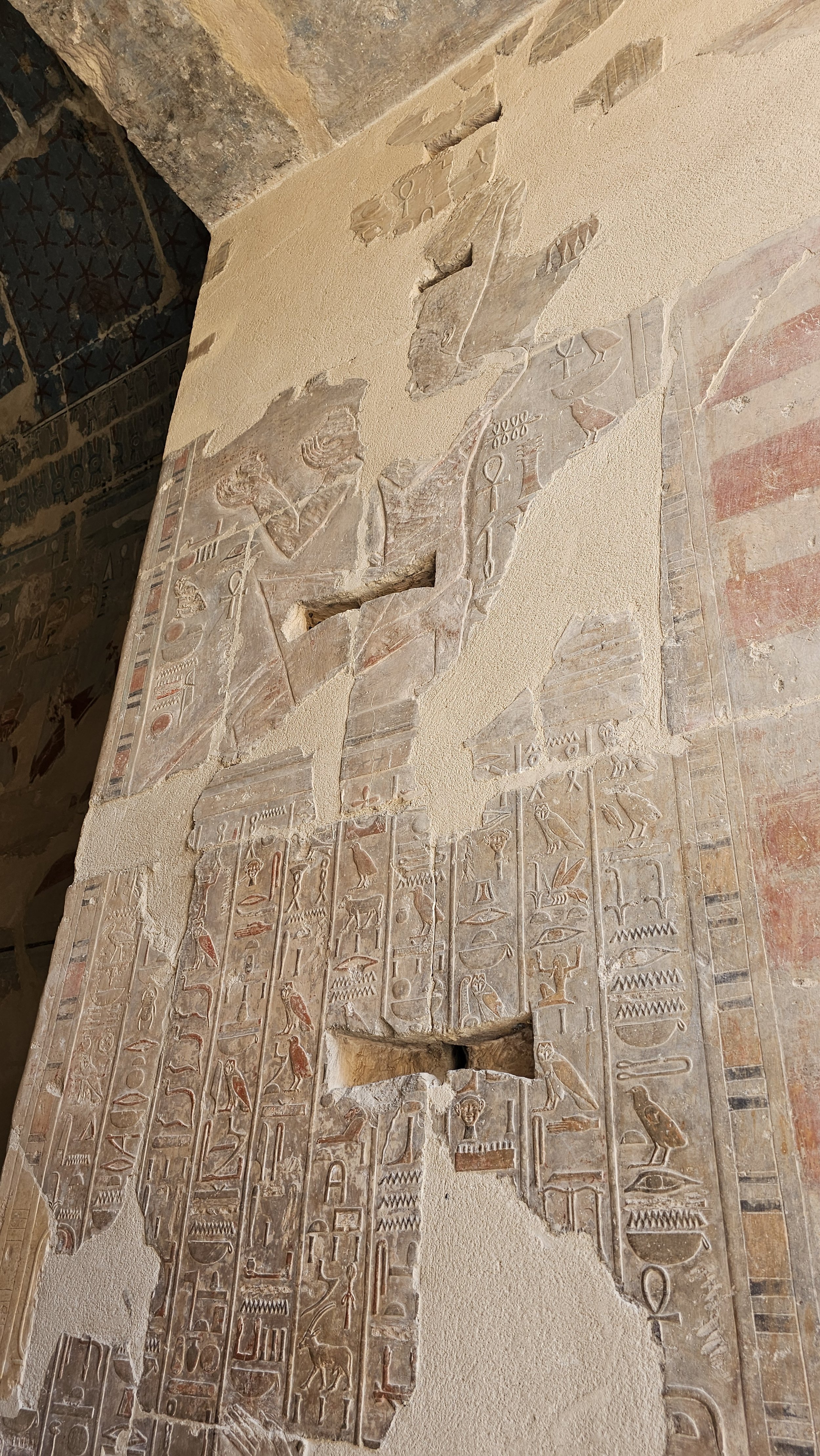



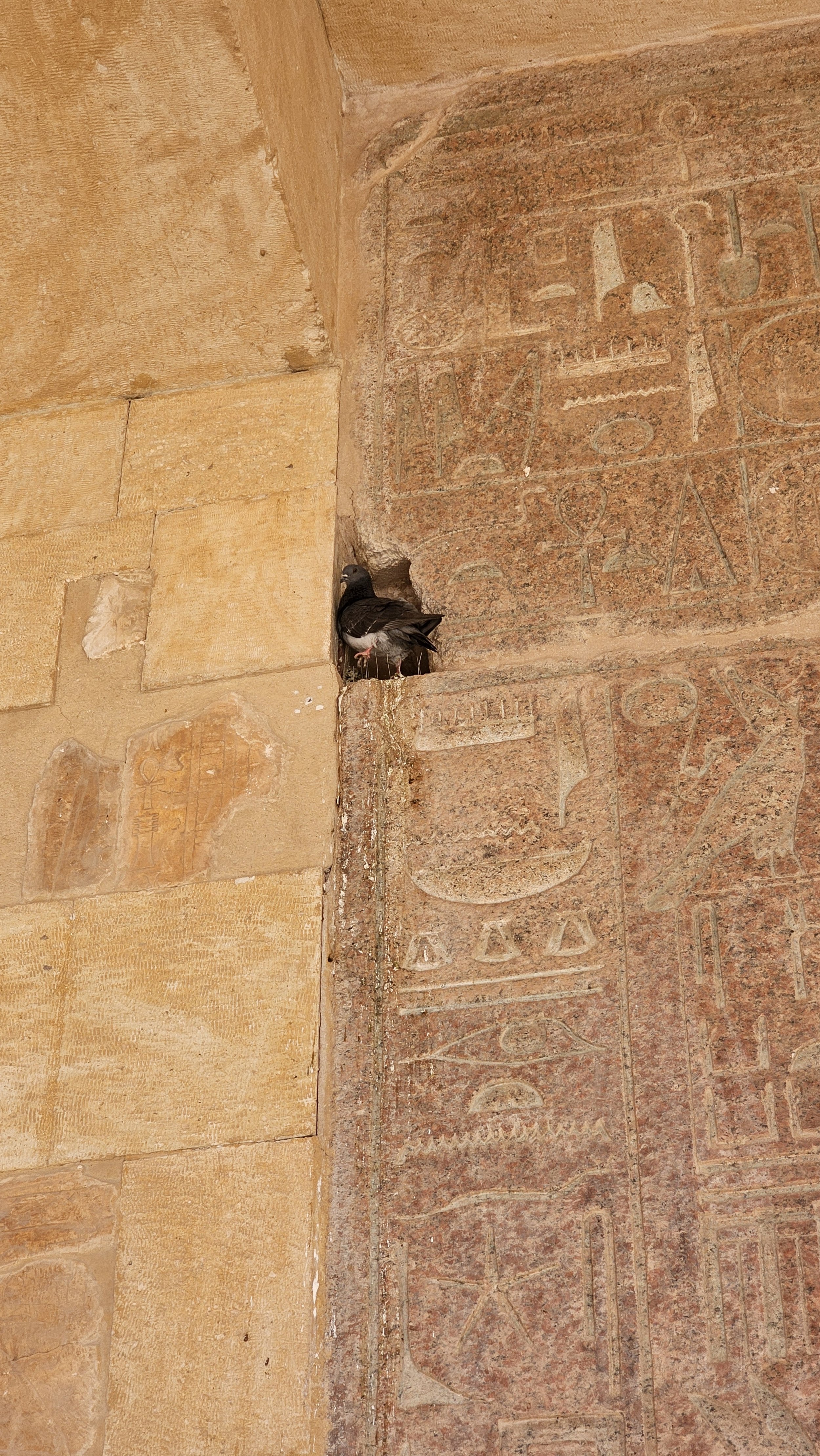



Alabaster workshop



Colossi of Memnon





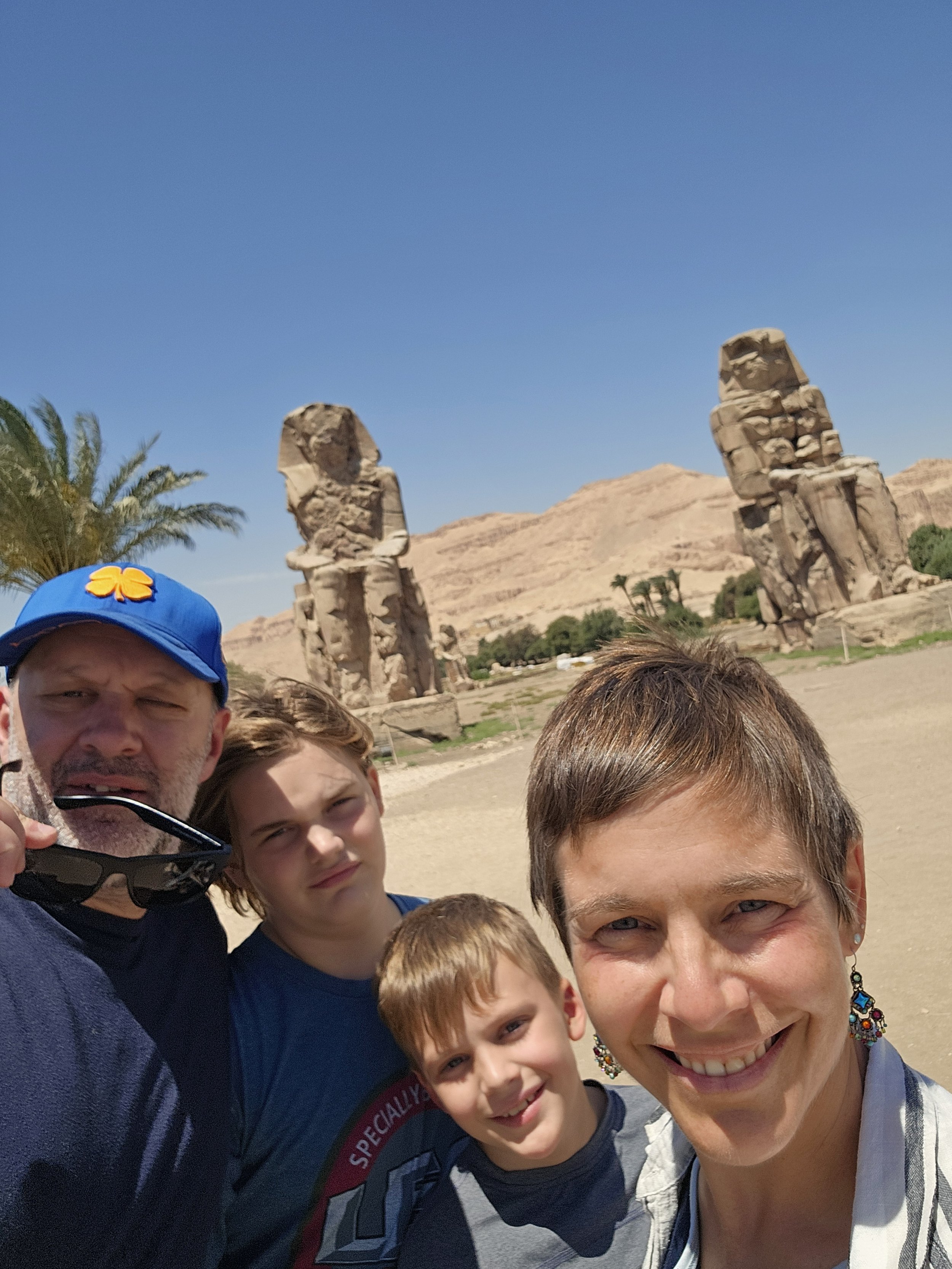
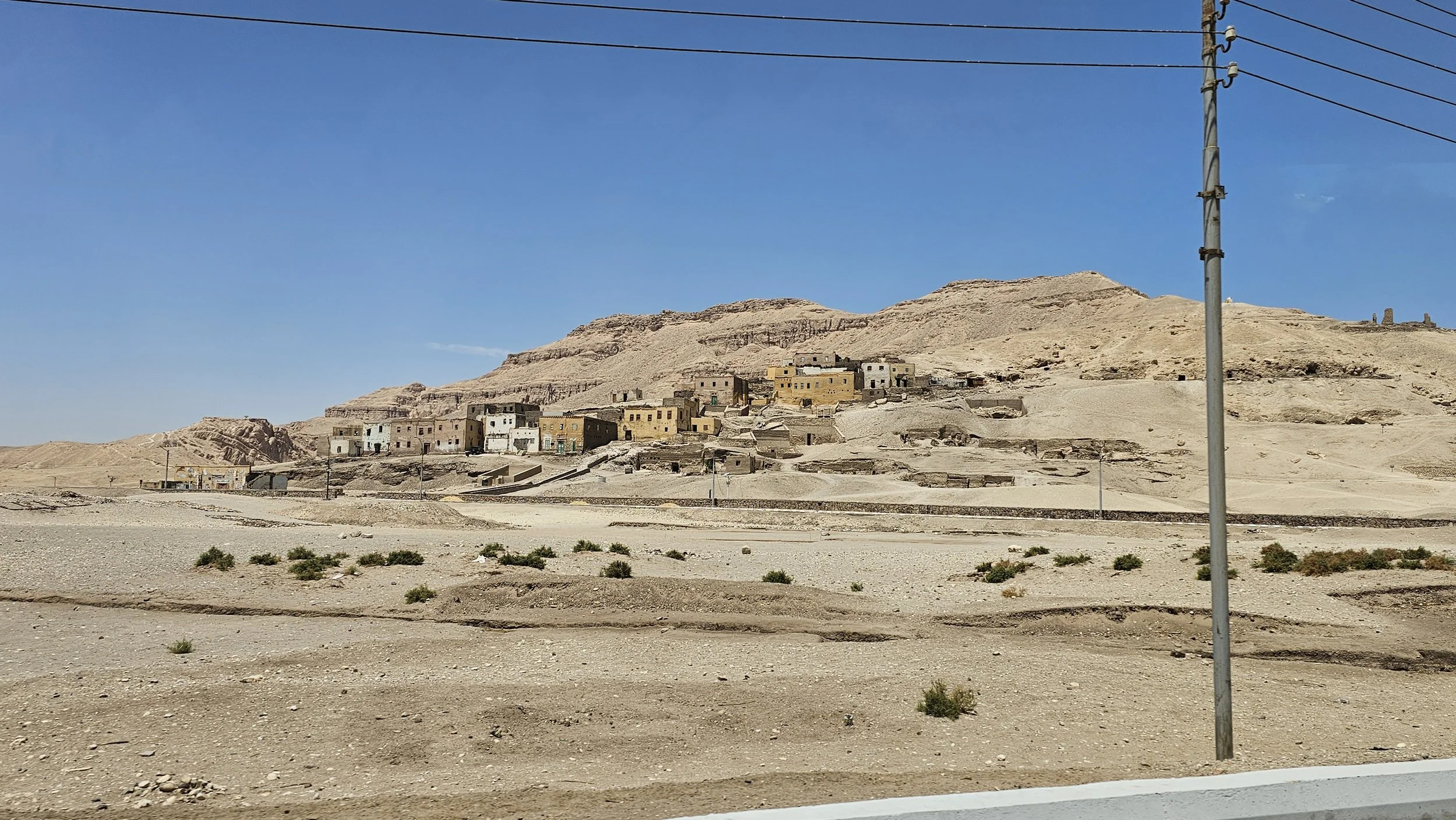



Avenue of the sphinxes

Entrance to Luxor Temple

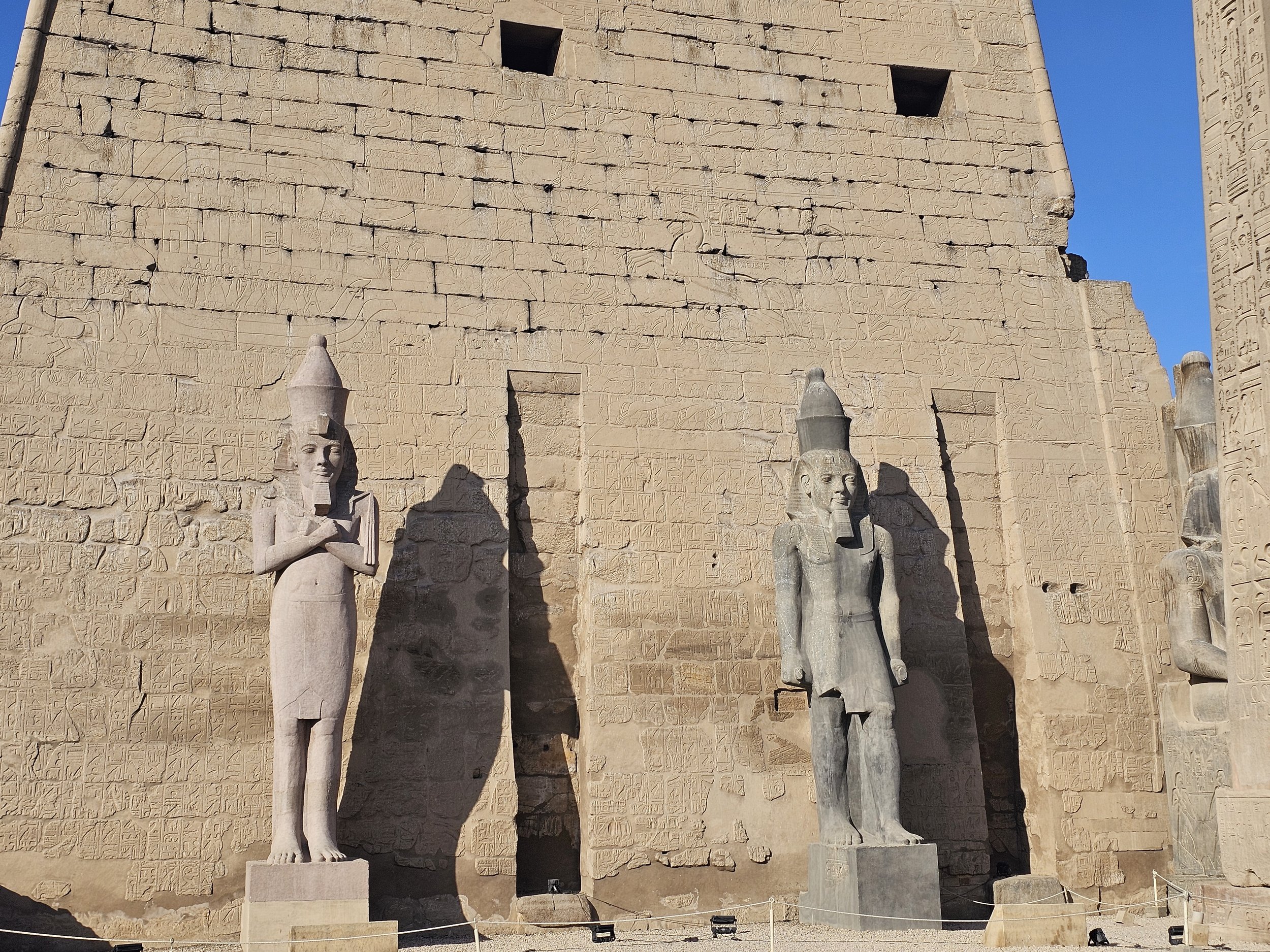



Muslim addition to the temple

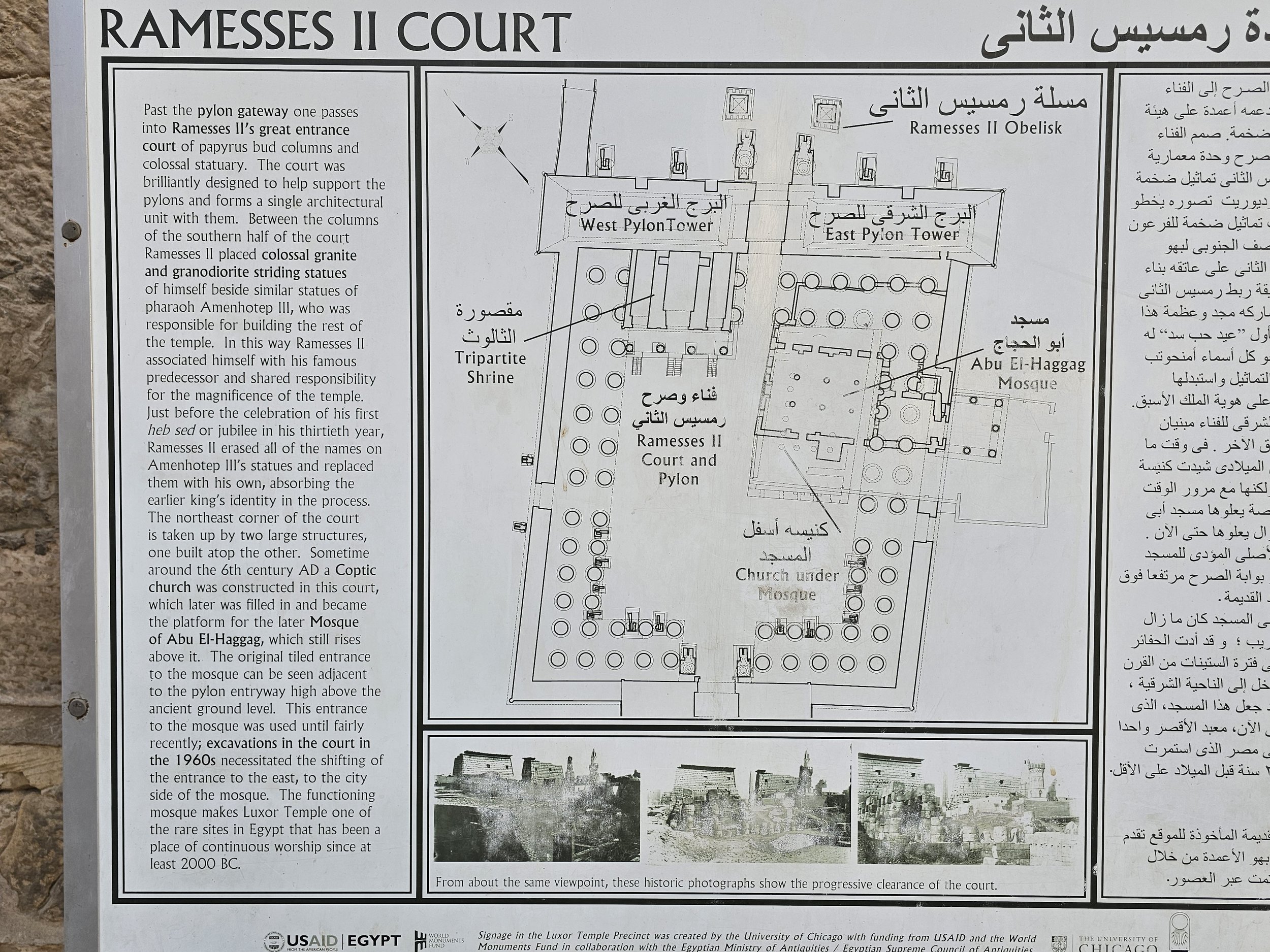



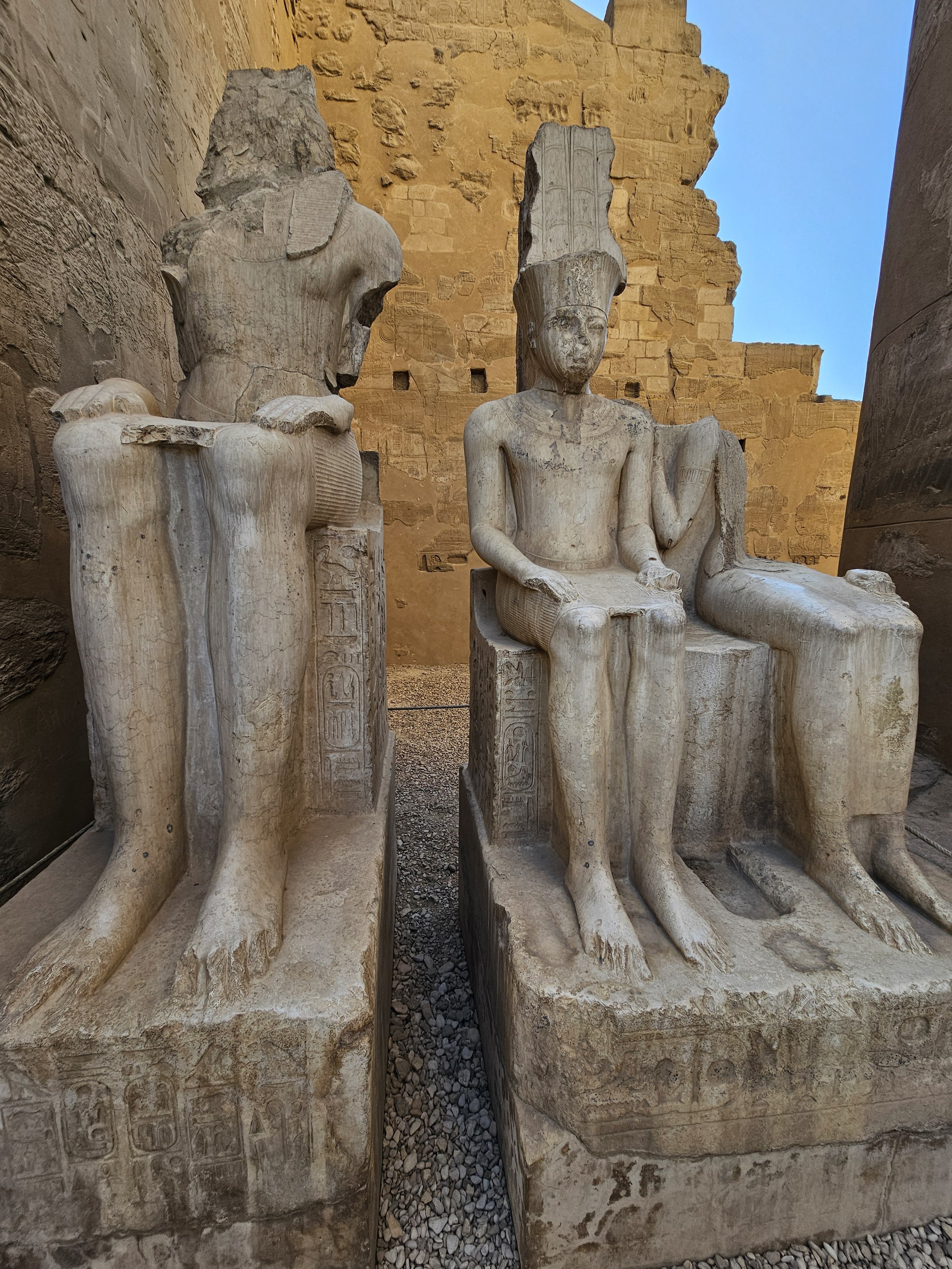







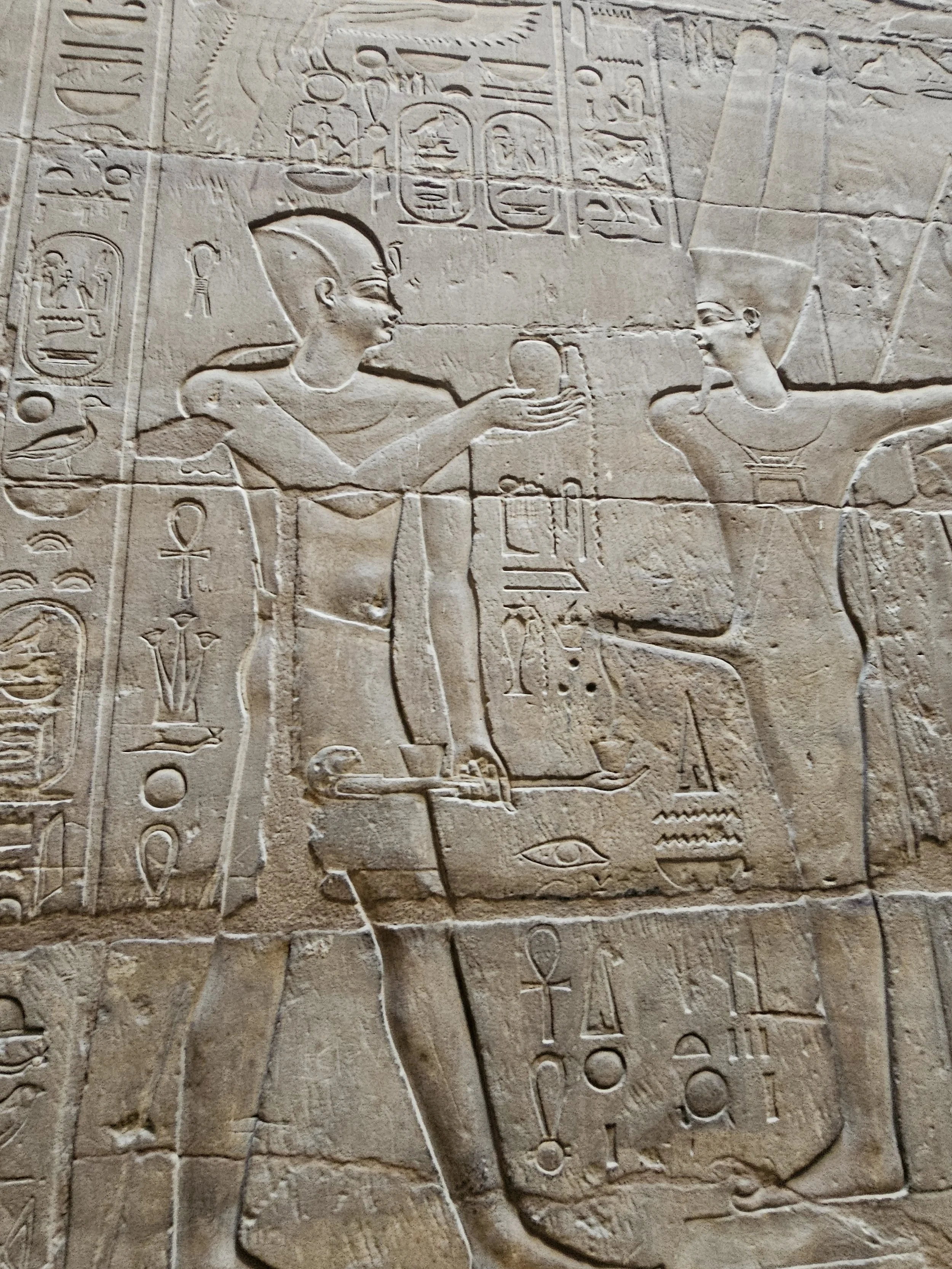
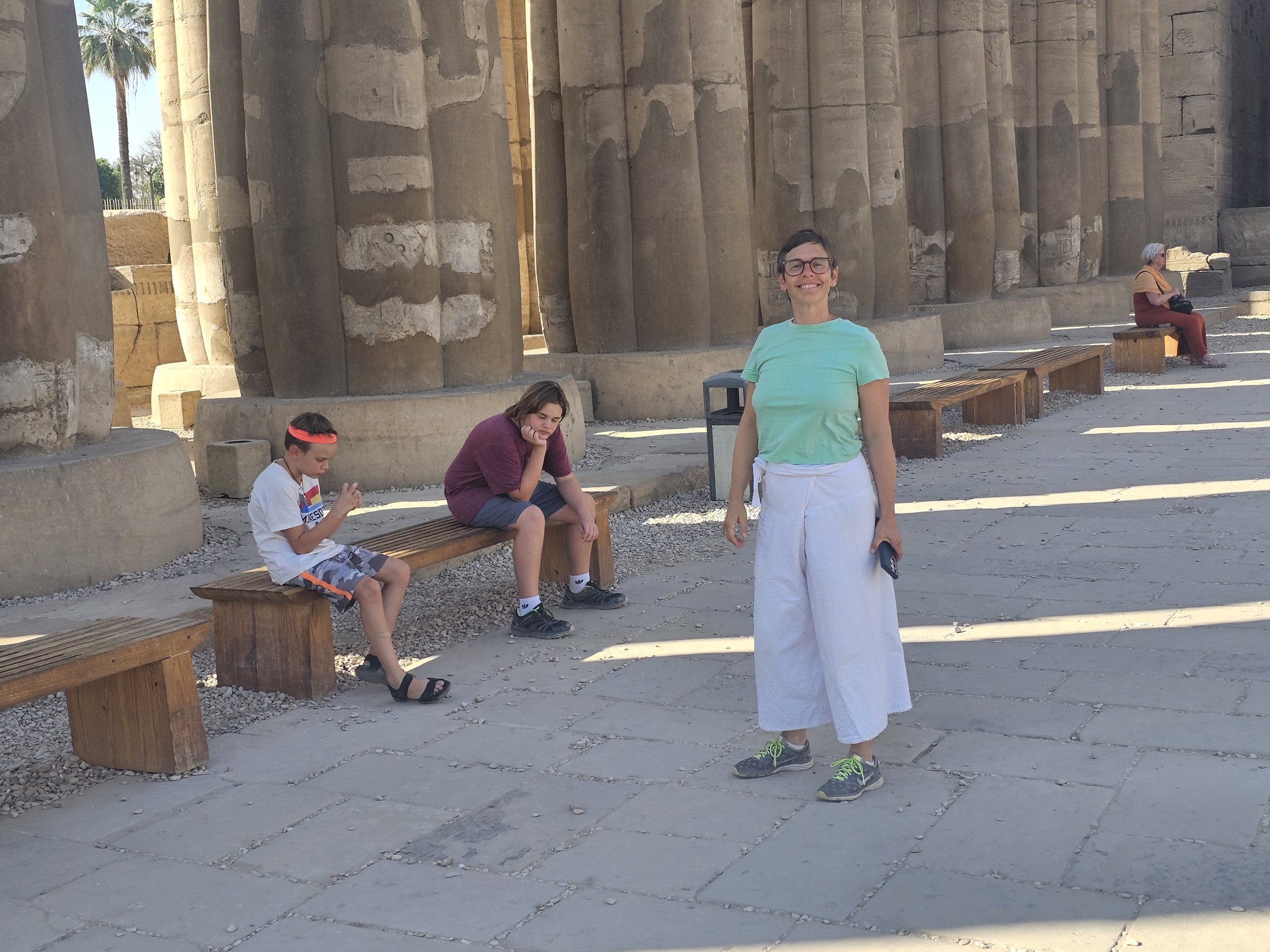











Karnak Temple layout
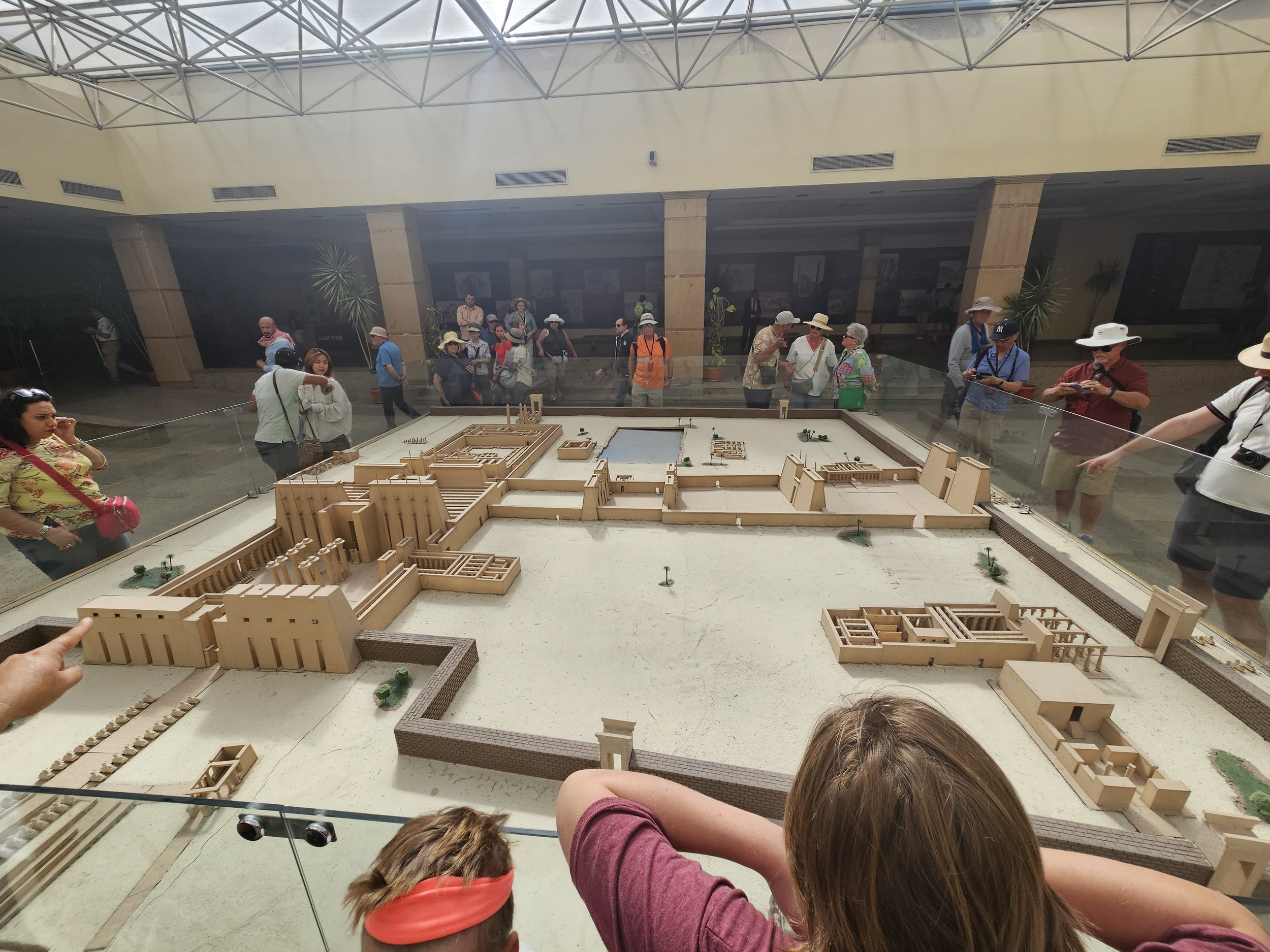







L: Restored column, R: restorers working




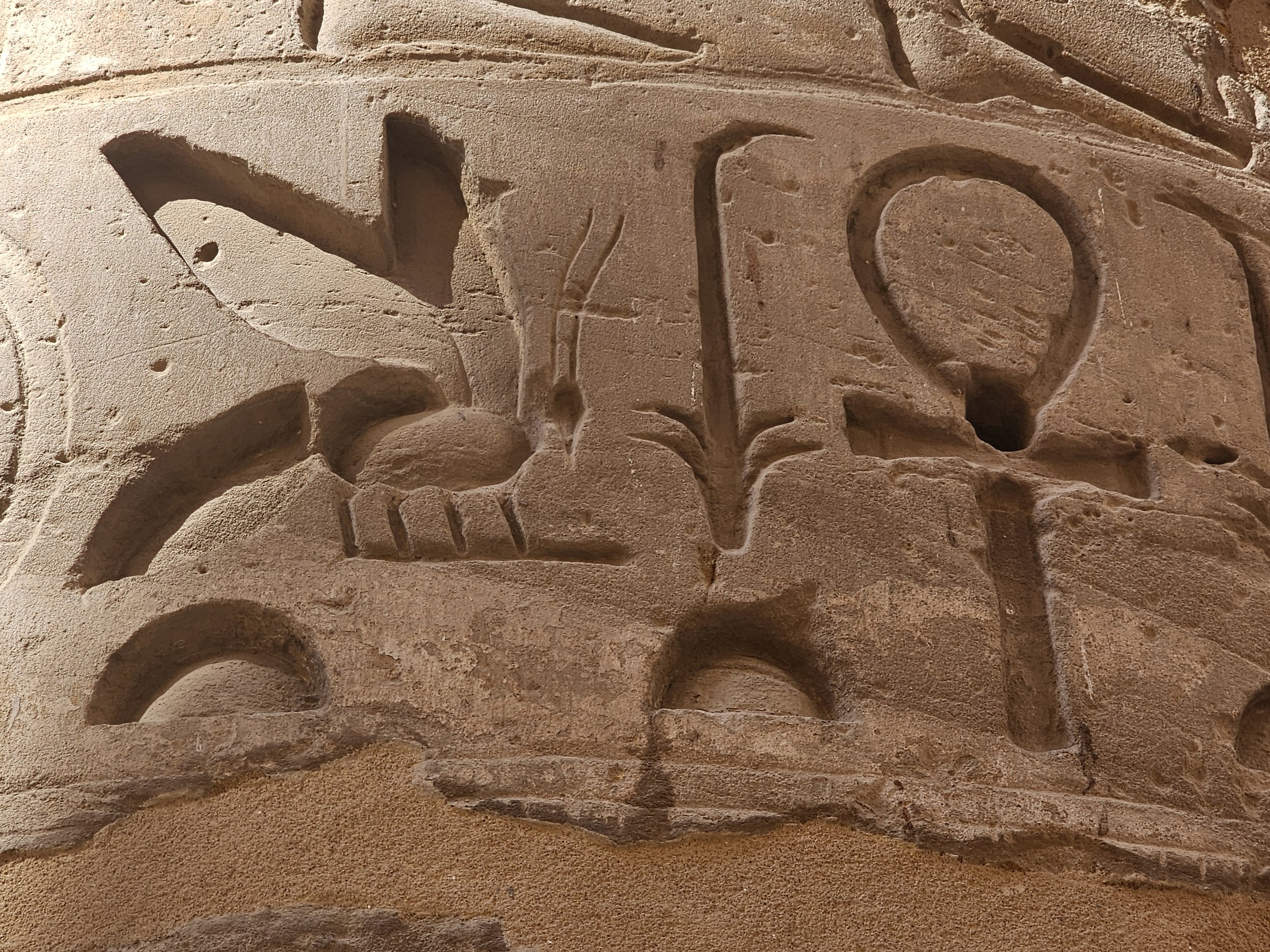





Ancient air flow/air conditioning system





























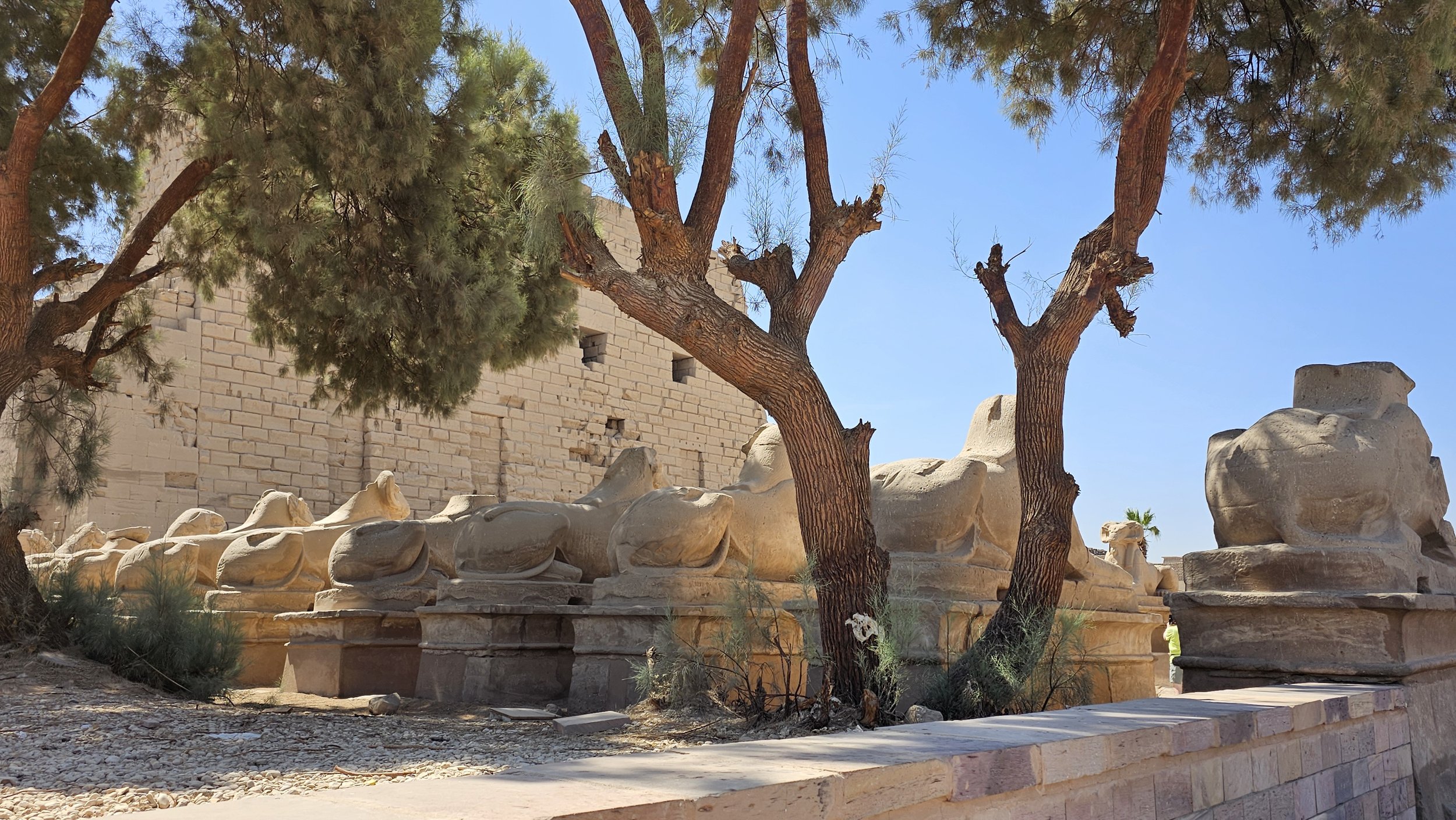



Gauntlet of souvenir hawkers


Our last hotel in Egypt





Movie night

Luxor Temple in the distance, from the east bank of Luxor

Fresh dates, oranges, and bananas



Classic Egyptian breakfast


Banana trees outside our door
Tomb of Ramses III
Luxor Temple court and colonnade
Vastness of the Karnak Temple colonnade
Tunnel to tomb of Ramses V and VI
Luxor Temple
Karnak Temple restoration
Tomb and sarcophagi of Ramses V and VI
Panorama of Karnak Temple entrance
Pristine temple painting
